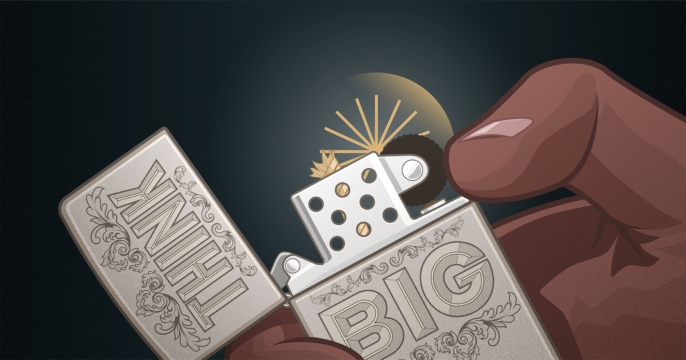‘The Spark’ is when business leaders stand right on the cusp of opportunity, but need a little extra oomph to move from inspiration to transformation. Keep an eye on the Kinesis blog for this new series.
How much does a bad employee cost my business?
We’ve all heard the old adage – one bad apple can spoil the whole bunch. And while most of us don’t regularly deal with barrel-sized quantities of fruit, in this case we are talking about how one bad apple employee can have a tremendously poisonous effect on your company.
The cost is surprising – not only in dollars due to underperformance, but also in the attitudes and morale of your other team members. Your weakest-link employee can quickly turn a positive working environment (and that great culture you’ve worked so hard to build) into one that is divisive and negative.
Let’s take a look at the true cost a bad employee can have on your business.
Keeping bad apples around:
It’s not so bad, right?
Coming up with reasons to keep a bad apple isn’t hard – avoiding confrontation, emotional attachment to the person, optimism about their ability and desire to improve… the list goes on.
You’ve devoted time, energy, and training to this individual, and you want to protect that investment. And it becomes especially difficult when you genuinely like the person who is underperforming. In the end we’re all human, and it’s in our nature to want to give second (and third, and fifth, and ninth…) chances.
But every dollar you spend keeping a problem employee on payroll is furthering the severely harmful effects they can have on your business. If the bad apple conducts unprofessional interactions with clients, those relationships will suffer. Additionally, if they bring excessive drama into the mix or if other team members have to pick up the slack from their poor work ethic, you can expect a substantial drop in morale.
The financial impact of waiting to
take action
While many don’t realize it, the financial impact that a bad apple employee can have on your company is truly staggering. Whether they are “bad” because they are underperforming, pessimistic, or unpleasant – studies show that just one bad apple in an otherwise high-performing group can bring down productivity by as much as 30-40%.
It is tempting to assume that an effective team can overcome the influence of a single bad apple, but test after test has shown that this is simply not true. As the Wall Street Journal puts it, “The negative thoughts, feelings, and performance [bad apples] trigger in others are far larger and longer lasting than the positive responses generated by more constructive colleagues.”
To put this in fiscal terms: Many of our clients work in the professional services arena, where each employee represents roughly $100-$200k in annual top-line revenue. Assuming any bad apple would be sub-grouped with 3 or 4 others, their influence could span roughly $500,000 per year. At only 60% efficiency, this could translate to over $300,000 in annual revenue lost – all a result of just one person.
In addition to the direct costs affecting co-workers’ performance, there are additional “weak performer” soft costs that you must factor into the equation. These include:
- Absenteeism – bad employees tend to be absent more often. This either slows down your teams’ work or requires expensive temps.
- Less revenue –weak performers will generate significantly less revenue than their motivated peers.
- Customer loss – When weak performers are in a position to create customer dissatisfaction, their cost to your company can double or triple when they damage relationships and lose key accounts.
- Mistakes – Poor-performing staff tend to make many more serious errors, which can result in collections issues, waste, and require expensive redoing.
- Wasted manager time – Weak performers take up way more of a managers’ time, which is a direct cost to the company as well as an opportunity cost (that’s less time the manager has to focus on other initiatives)
- Lost credibility – You are building a brand and it starts from the inside of your company. Each one of your team is an ambassador that represents your business. How is the “bad apple” affecting your company image and credibility?
What makes it so difficult
Removing bad apples would be a lot easier if all problem employees were nasty, insubordinate, or severely affecting workplace morale. But the truth is, often times the “bad apple” is a genuinely good person, whose longevity with the company makes them feel like a part of the family. Or perhaps they were a good performer for years, but can’t keep up with the changing dynamics of your business. In these cases, letting someone go is a much more painful task for leaders.
The important thing to remember is that keeping a bad apple on staff is not only hurting your company, but hurting that person as well. The majority of bad employees already know that they are not the best person for the job, and coming to work every day with that knowledge is frustrating and stressful. By coming to terms with this realization together, you can help both parties find a better fit.
Ensuring staffing success
Addressing this issue isn’t easy – and the best preventative measure you can take is to hire the right fit employees and implement an effective recruitment and training process. But no system is foolproof – and if those measures fail, the next piece of the puzzle is identifying when it’s time to rid yourself of a bad apple.
While a painful endeavor, it’s the best decision for the business, client base, and brand you’ve worked so hard to build.



